Speeding in the no wake zone, horsing around at the sandbar, doing donuts in the channel, and blasting music from that new 200-watt stereo…every rider has witnessed it! The PWC community is coming under an increasing amount of scrutiny by state and federal regulatory agencies, but the last thing we need is more government regulation! When out on the water, like it or not, you are representing all PWC riders.
Boaters and law enforcement officers alike tend to judge PWC riders based on the irresponsible actions of a few bad apples, so it’s time for riders to step-up their game and set a good example that everyone can follow. Below is a list of tips to not only help you become a better, more responsible personal watercraft owner, but hopefully a better rider and member of the PWC community.
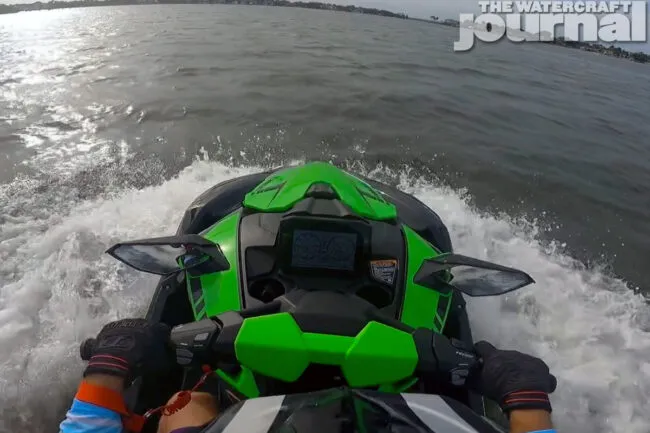
Be Honest with Yourself About Your Experience and Skill Level
Everyone wants a hot new Ultra 310, RXP-X 300 or FX SVHO, and riders can surely find a dealer that will happily close a sale. While it’s easy to sign on the dotted line, it takes years of riding experience to be a truly qualified PWC rider. Many of today’s PWCs are true high performance racing machines with horsepower to rival boats more than three-times their size.
When purchasing a new PWC, riders should have a candid discussion with their dealer about experience level and the intended use of the ski. Riders should do their research and ask plenty of questions. Other than the basic safety pamphlets provided at time of sale, neither manufacturers nor dealerships have a responsibility to impart the United States Coast Guard’s (USCG) “Rules of the Road,” to new buyers.
It is a buyer’s responsibility (legal responsibility in some states) to ensure that they are well-versed not only in general boating terms and navigational rules but have completed a USCG certified safety course. Riders and their passengers alike should always wear a USCG certified PFD (personal flotation device), protective eyewear, gloves, proper boots or footwear, and clothing with neoprene fabric.
Buyers should take the time to get to know their PWC (read the entire manual from front to back), its safety functions, and the location of their safety equipment. Every rider should take a moment to review the safety placards and stickers on their ski, especially those related to capacities and proper riding gear. Proper skill level and knowledge can make the difference between life and death, should a crisis arise. Experienced riders never forget to review local tide-tables, charts, and weather conditions before heading out on the water.
Erratic and Irresponsible Behavior
According to the USCG, lack of situational awareness, failure to obey posted signs and warnings, and excessive speed are the top contributors to accidents on the water. Loud music, drugs (legal or not), and alcohol create further dangerous distractions that can make a precarious situation deadly. According to the US Coast Guard, nearly 20% of all boating accidents resulting in death involved alcohol.
Unless the operator of the vessel is a professional stunt driver on a closed course, others should always ensure that they remain in the proper riding position while their watercraft is underway. This means facing forwards, with both hands firmly on the handlebars.
Sitting sideways, backwards, or in the wrong position might seem cool, but it shaves critical seconds off response time, should rider input be necessary to avoid a collision. Even the most advanced braking and deceleration systems are no substitute for keen situational awareness.
Riders and their passengers should take a moment to consider the life-changing consequences that their actions may have on themselves and others. Buzzing, splashing, or harassing other vessels or coastal homes can also have legal consequences, especially if property or other physical damage occurs. Many municipalities have enacted local noise ordinances, targeted specially at loud marine traffic adjacent to waterfront properties. It’s always good practice to respect the right of quiet enjoyment afforded to the tax-paying homeowners and businesses on the waterfront.
Son of a Beach: Watch Your Hull
Many of today’s skis are constructed from a variety of new-age composites and plastics that don’t hold-up well to coarse or abrasive surfaces like a sandy beach. Riders that want to maintain the factory finish of their skis should avoid beaching their vessels at all costs.
When hitting the sandbar, experienced riders will anchor just off the shore, keeping the ski floating in shallow water. Its always smart to point to bow of the vessel away from the shoreline (or into the wind), so that incoming wake and chop breaks over the bow (front) rather than the stern (rear) of the watercraft.
Danforth-style anchors work best for anchoring in the water, and shore or sand anchors work best when tethering directly to land. Dragging that ski onto the sand is akin to taking a piece of sandpaper to the hull! When riders are ready to leave the sandbar, it’s a good practice to walk the ski out from the shoreline until the water depth reaches a minimum of three feet. Starting a ski in shallow water can lead to impeller, engine, and cooling system damage.
These same principles apply to bunking a ski on the trailer; a smart rider will take the time to carefully float or winch the ski onto their bunks. A rider that throttles their ski onto their trailer is likely to see increased wear on the vessel’s hull – this is especially true with skis which have painted hulls.
Have a Heart: The Trash Challenge
Being on such a small craft gives PWC riders an intimate connection to the water. Nothing ruins a day on the water like sucking up a plastic bag! Environmentally-conscious riders who cruise past a plastic bag, water bottle, or piece of floating garbage, should pick it up!
If the average rider logs 50 hours a year on their ski, and there are about a million skis in use today, if each rider picks up one discarded plastic water bottle each time they hit the water, that would translate to over a million pounds of plastic removed from our waterways each year.
In 2021, Florida recorded a staggering 1,101 manatee deaths, more than double the 5-year average. Boaters and PWC operators alike should remember to slow down for wildlife and stay out of delicate mangrove and sea grass beds. Operators should remember that many skis contain a vacuum-assisted or 12v bilge pump system.
This means that any oil, contaminants, or sludge in a bilge will be pumped right into the water when the bilge system activates. Riders can keep their bilges clean by properly disposing of all petroleum products before heading out on the water.
Lend a Helping Hand
Whether it’s a novice weekend warrior weaving their way down the boat ramp, or a confused kid tinkering with their beat-up ski at the dock, it doesn’t matter – a true PWC veteran will almost always offer a helping hand. Riders never know when they might need help someday, and it’s a great gesture to assist other PWC riders or boaters in need.
It’s never a bad idea to bring a spare set of tools, a quart or two of oil, and various lubricants when heading down to the water; the one time a rider forgets that 10mm wrench is the time they will need it! It’s important that riders ensure their own safety before assisting others, and they should never hesitate to involve local law enforcement if the situation necessitates an emergency response.
If watercraft operators are not comfortable or inexperienced in towing another watercraft, they can always hail TowBoat US or SeaTow via a VHF radio or cellphone (make sure to save the phone number in your phone before heading out on the water).
In the open ocean, away from land and other vessels, there’s little anyone can do to regulate a fun-filled day of wide-open throttles, but inland waterways and coastal sandbars are a different story. Following these time-tested tips will help both veteran and novice riders alike enjoy a safe, fun-filled day out on the water. These tips and practices can also help soften the negative perceptions many boaters, coastal homeowners, and law enforcement professionals hold about PWC riders their beloved skis.






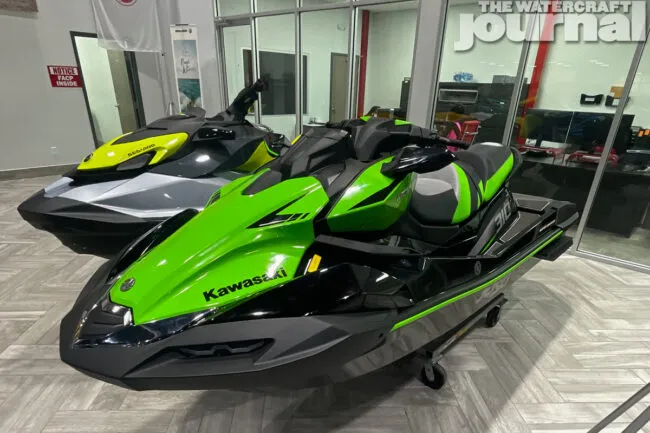
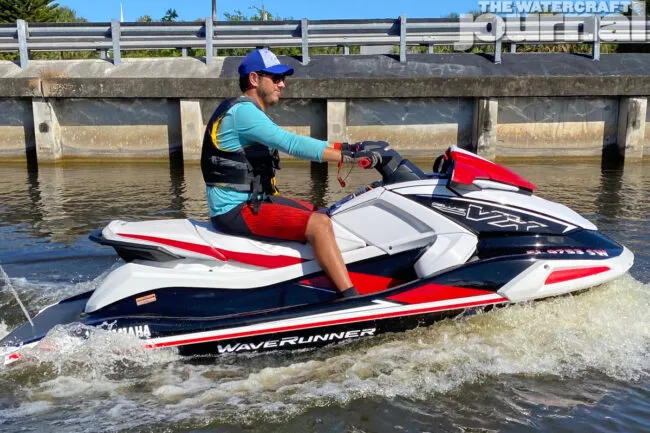



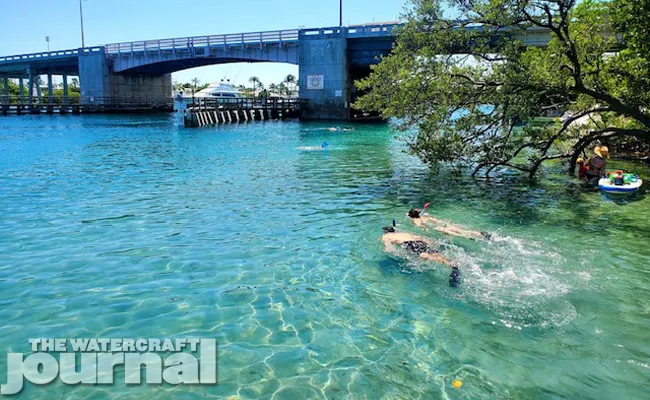

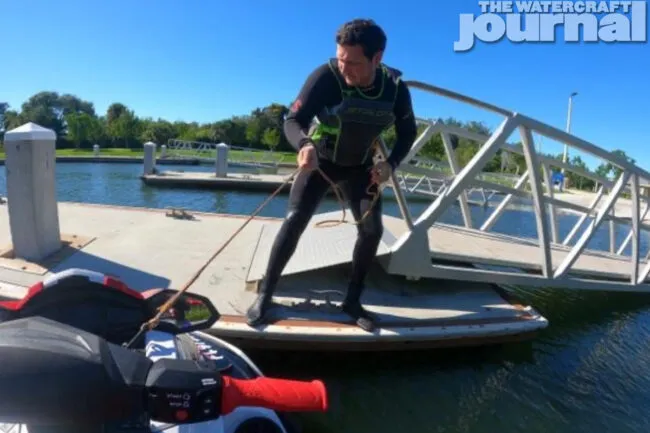

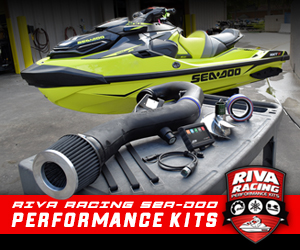


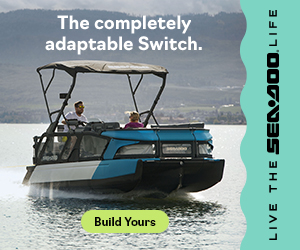
I have a 2000 lrv i tryed removing the skid plate and intake grate i broke a bolt off on each what would you do to fix it.
By “skid plate” you mean “ride plate?” You’re going to need to cut out the rot/broken fiberglass and build it back up and reinsert new threaded sleeves. It’s NOT a small job.
Great reminder!